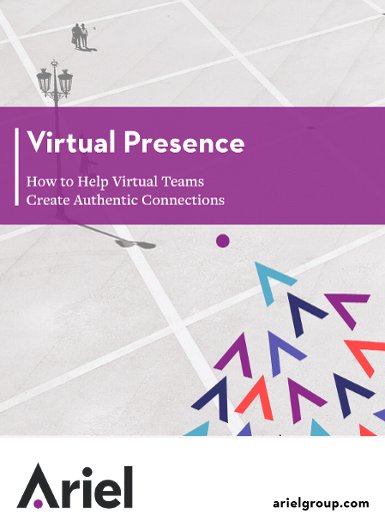Tips for Writing in the Tech Industry

You speak tech. All day, you and your colleagues chatter in tech among yourselves in a language that sounds as impenetrable as Navajo to the rest of us. We hear you talking over lunch and cannot hope to understand.
Imagine what happens when you write to us.
But often you have to write to us, whether we’re colleagues in other departments or clients of your company. How can you be sure we understand you? How can we get ready to hear you?
We: learn the technical vocabulary we need…
…so that we can understand your documents, decks and oral explanations better.
It’s our job to read industry publications, learn the industry’s basic vocabulary, and follow our company and other tech companies on social media. We’ll seek to meet you halfway.
We: take on the challenge of learning some of the acronyms
After all, we want to get your jokes. And sometimes we have to write to you.
You: make comparisons to something we understand
If you’re describing a process, give us clear, foolproof steps. Tell us the process is like snapping Legos together, or going through the house turning off all the lights at night. Give us a visual image that helps us to make sense of your content. Use simple, clear language, not specialized technical vocabulary.
You: take on the challenge of making your information interesting
Make it compelling, even. We cooperate with people in tech who make an effort to explain things to us. We love people in tech who make it clear, visual, funny and memorable. Start with a great title that makes us want to stay with you. A compelling start goes a long way.
If all this sounds daunting, practice reader-centered business writing. The point of view in this blog post will come into sharper focus. You’ll write better, faster and more happily, and we’ll even understand you.
